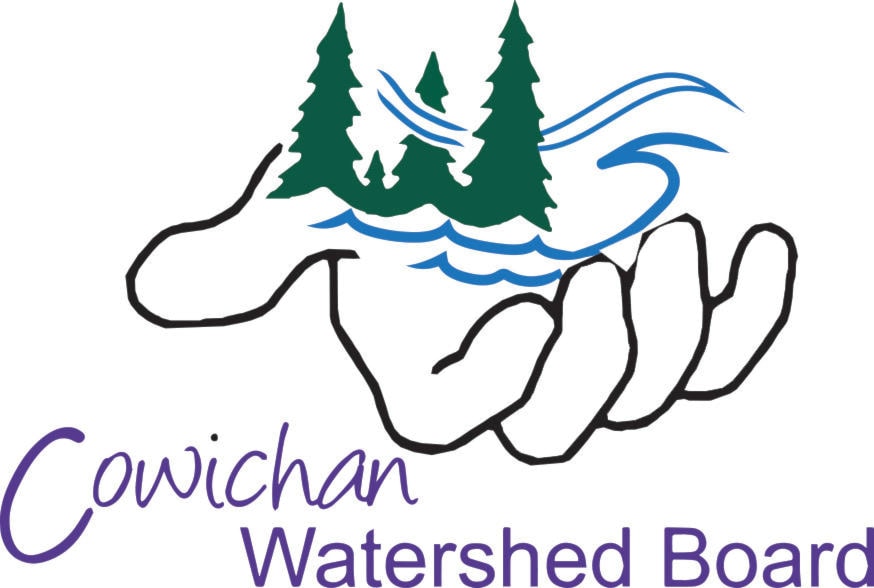By Jill Thompson
Water can be a surprisingly dry topic, but rarely is that the case at the monthly meetings of the Cowichan Watershed Board where elected representatives of Cowichan Tribes and Cowichan Valley Regional District, together with other board members, seek collaborative solutions to water issues.
The Nov. 27 meeting was chaired by Cowichan Tribes Chief William Seymour. Here are some of the highlights.
Low summer flows in the Cowichan River are a top-priority for the Watershed Board. Kate Miller, CVRD manager of Environmental Services explained the current Cowichan Water Use Plan process and took questions from the board and audience. This builds on decades of study and debate about how to address negative impacts on fish and wildlife, water quality, the Crofton mill, recreation and more.
A public advisory group and several technical committees are working with Compass Resource Group to answer the key question: How much water is needed at what times of year and what available options are best suited to maintain a healthy lake and river in the face of a changing climate? This information will feed into a Water Use Plan scheduled for completion by May.
On the topic of shared “control” or decision-making for watersheds, Rosie Simms from the POLIS Project on Watershed Governance (UVic) presented ideas from their new report, Collaborative Consent and British Columbia’s Fresh Water: Towards Watershed Co-Governance, published with the Centre for Indigenous Environmental Resources.
This is a new approach to address overlapping legal authority for resources (like water). It is defined as “an ongoing process of committed engagement between Indigenous and non-Indigenous governments to secure mutual consent on proposed pathways forward.”
For communities like ours, the model shows how unresolved views of title and authority do not have to be barriers to collaboration on watershed stewardship. The Cowichan Watershed Board was referenced in the report as an organization that is already demonstrating some elements of collaborative consent in action.
Rapid-fire working group updates rounded out the meeting, highlighting the excellent work being done by many organizations to protect the watershed. Cheri Ayers spoke of a Cowichan Tribes project to address Cowichan Estuary restoration and Tom Rutherford highlighted water quality testing by volunteers with the CWB’s Water Quality working group to identify sources of pollution.
Meetings are the last Monday of every month in the CVRD Boardroom at 9:15 a.m. All are welcome. Learn more at cowichanwatershedboard.ca
